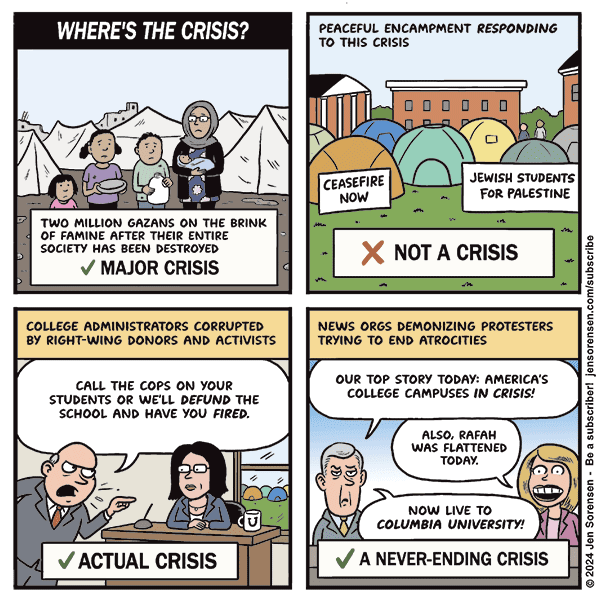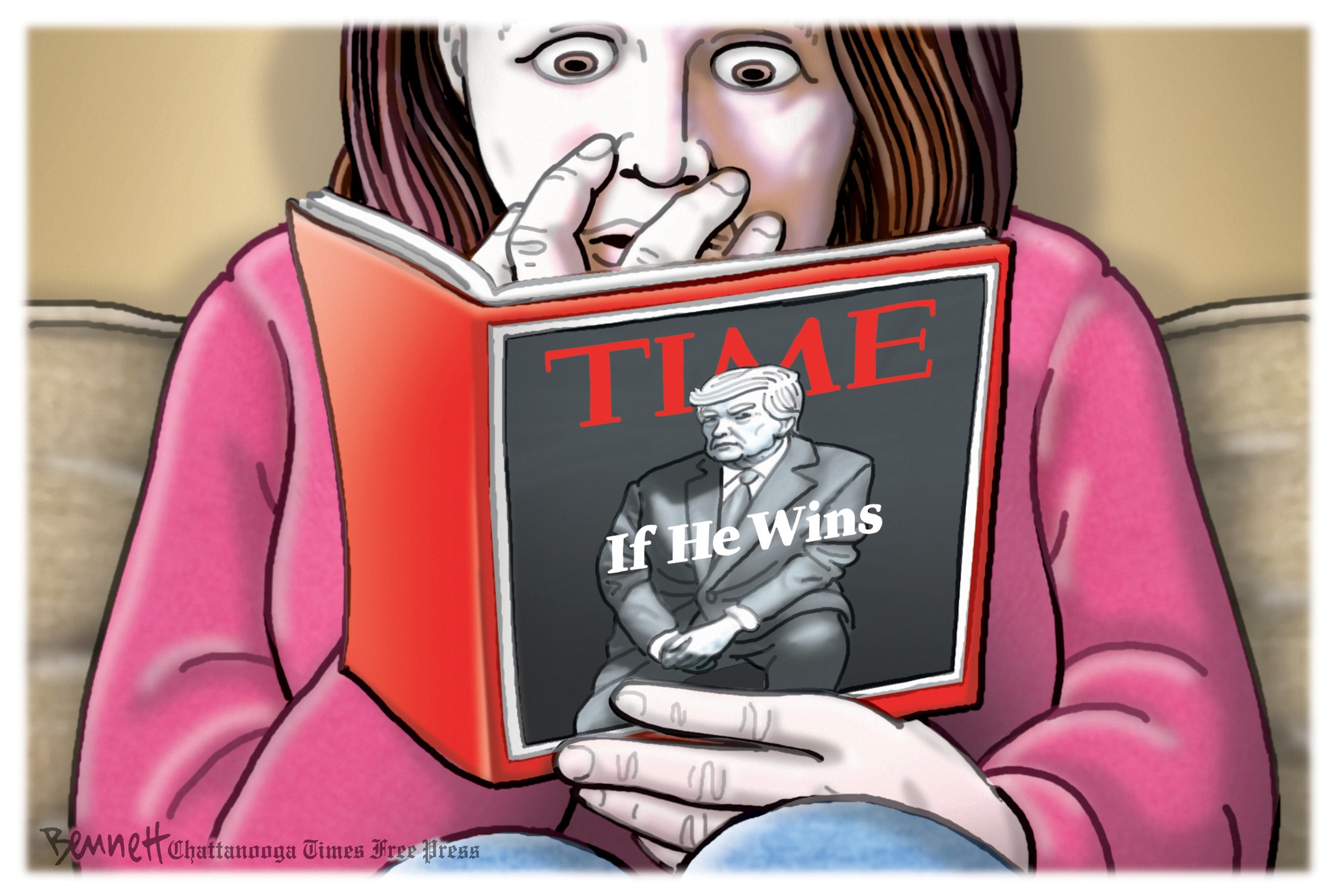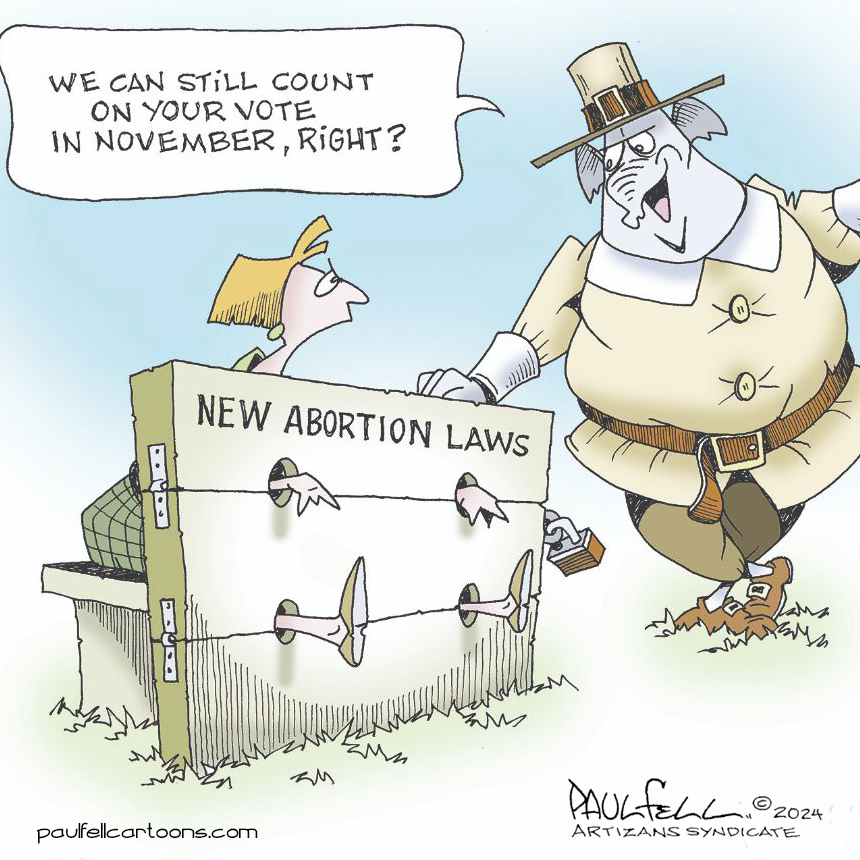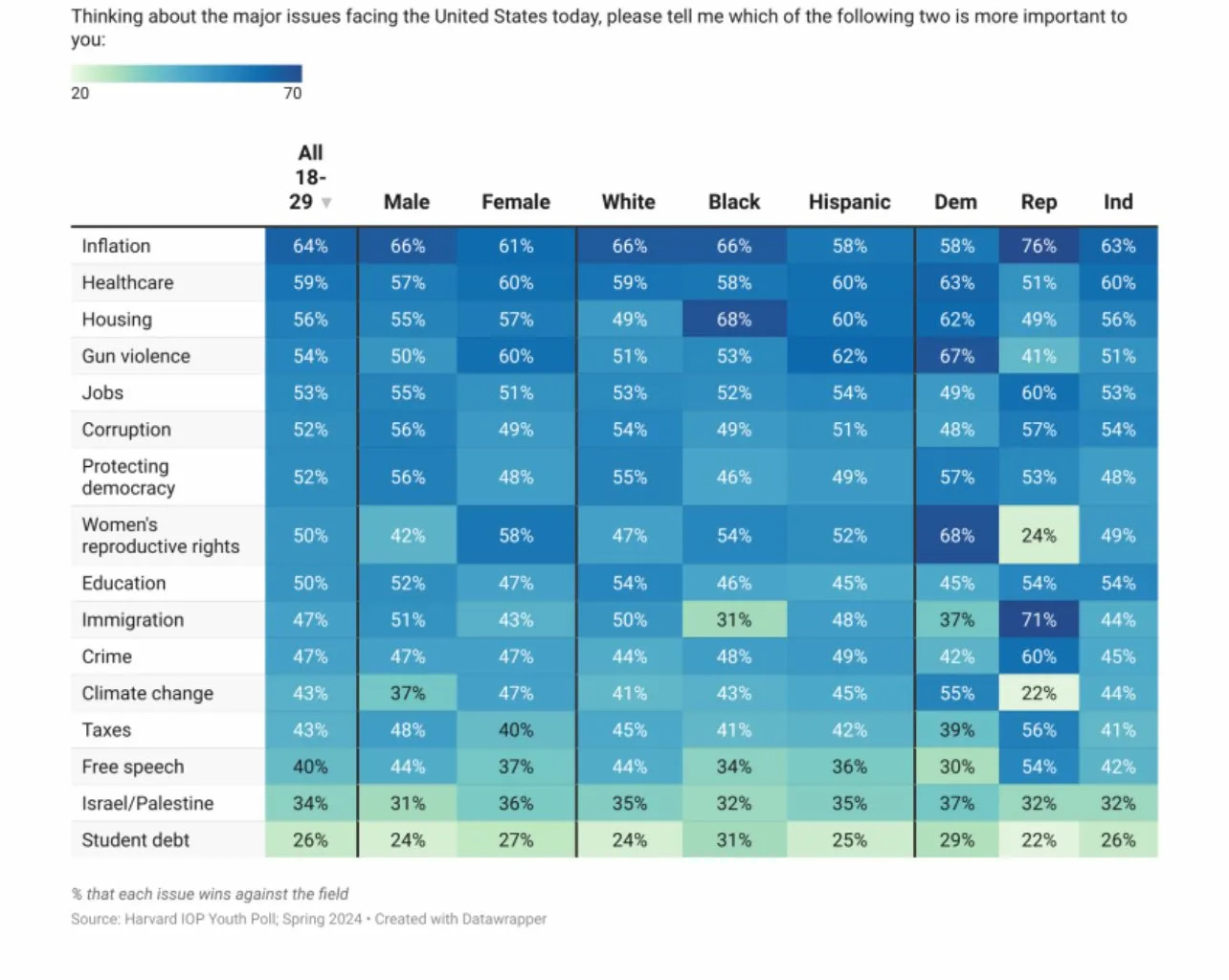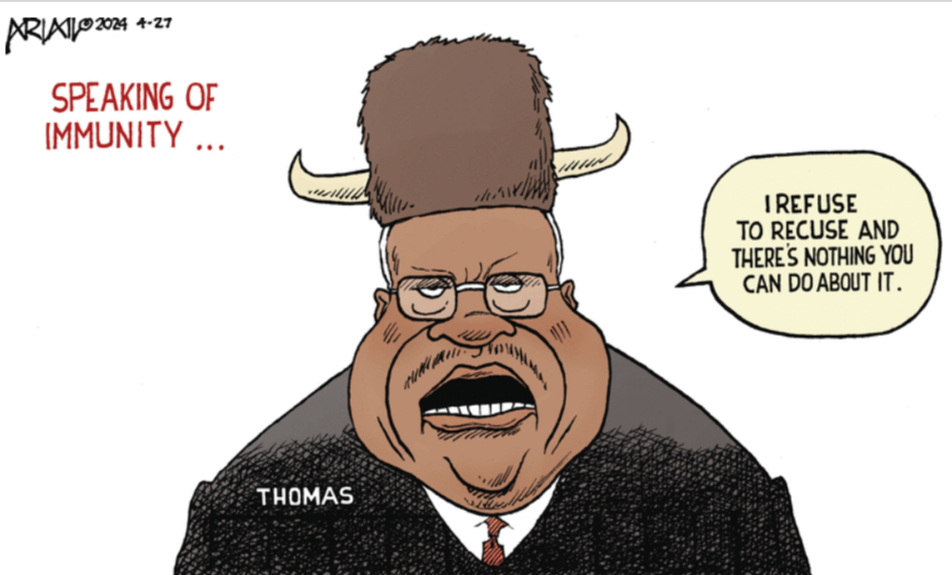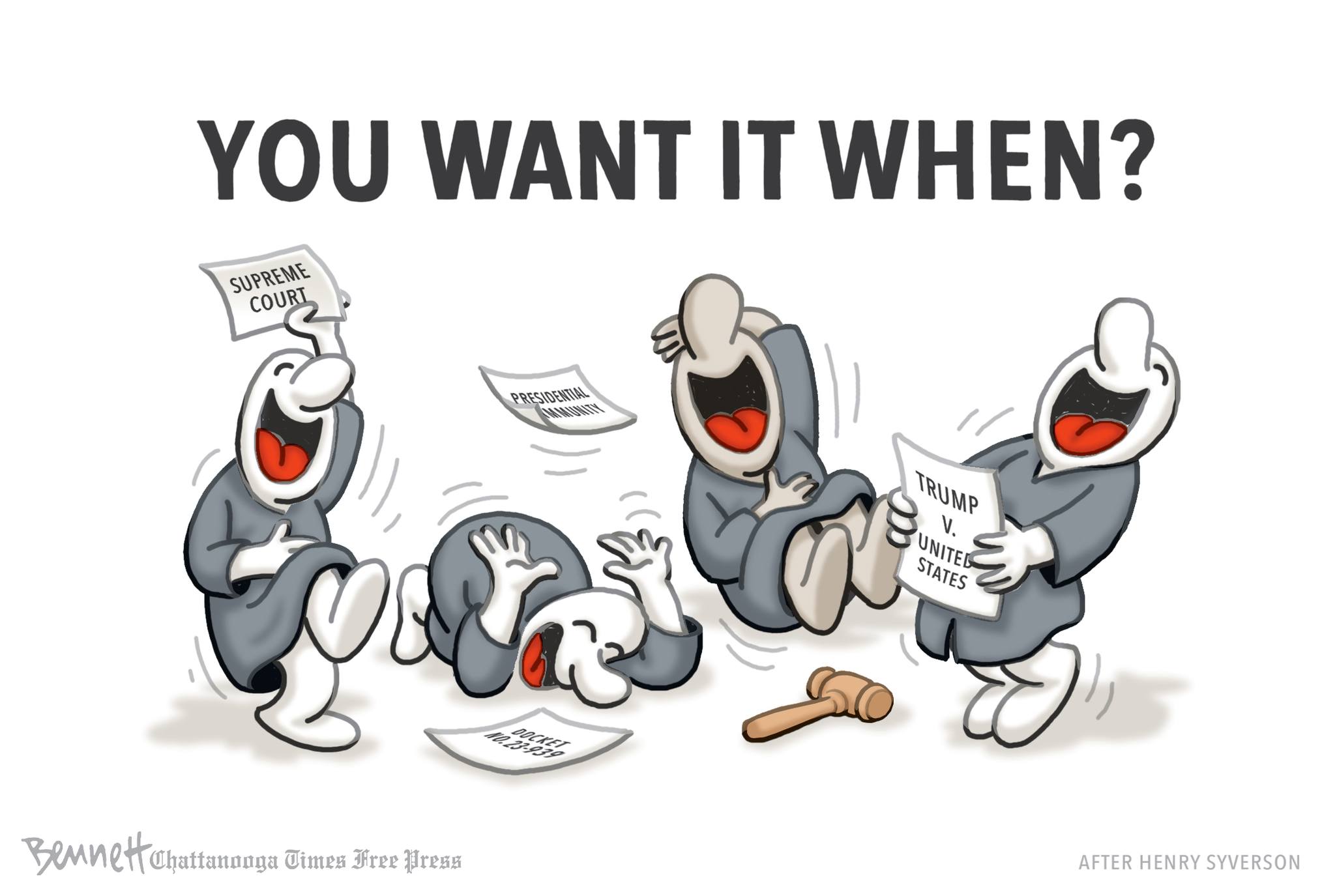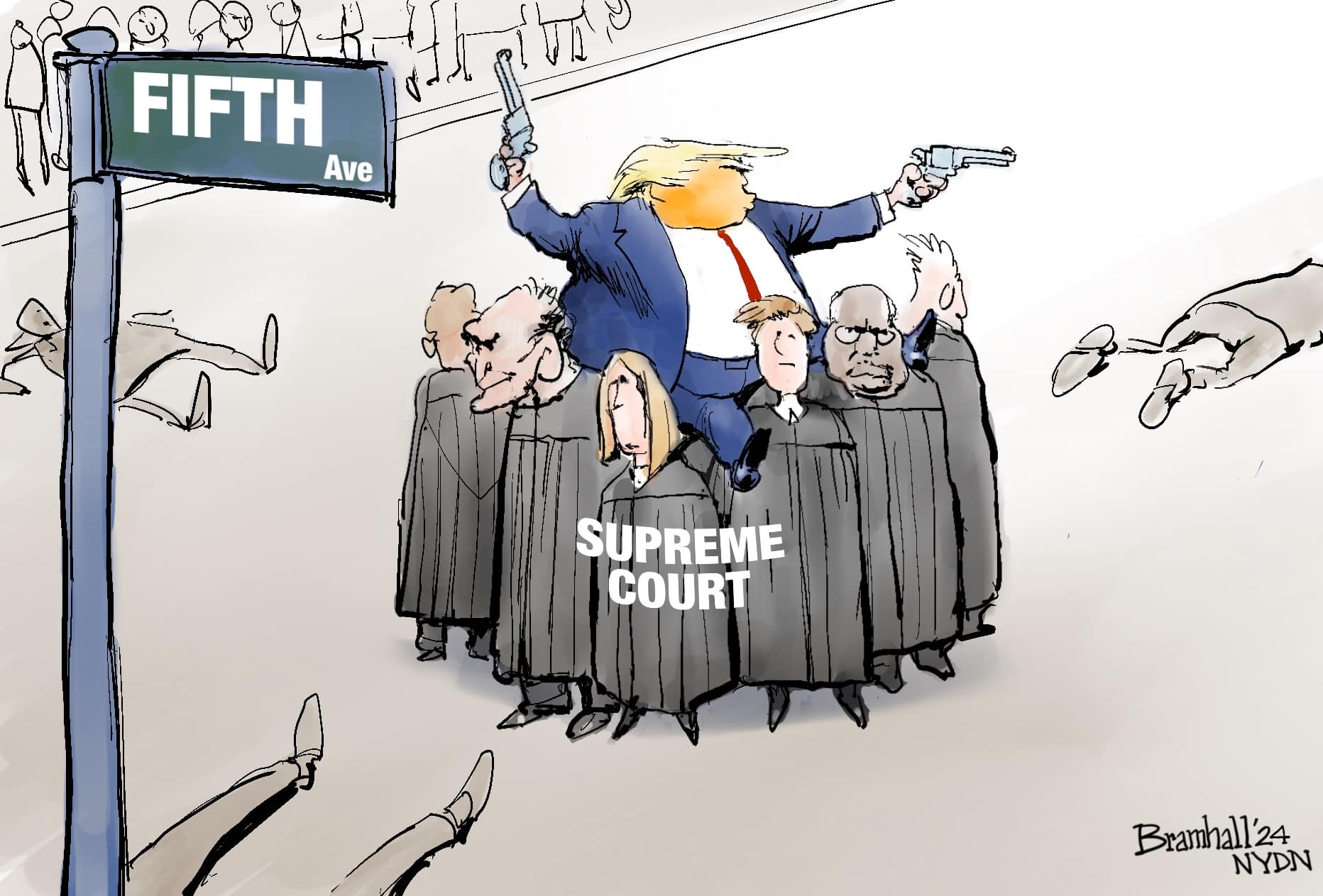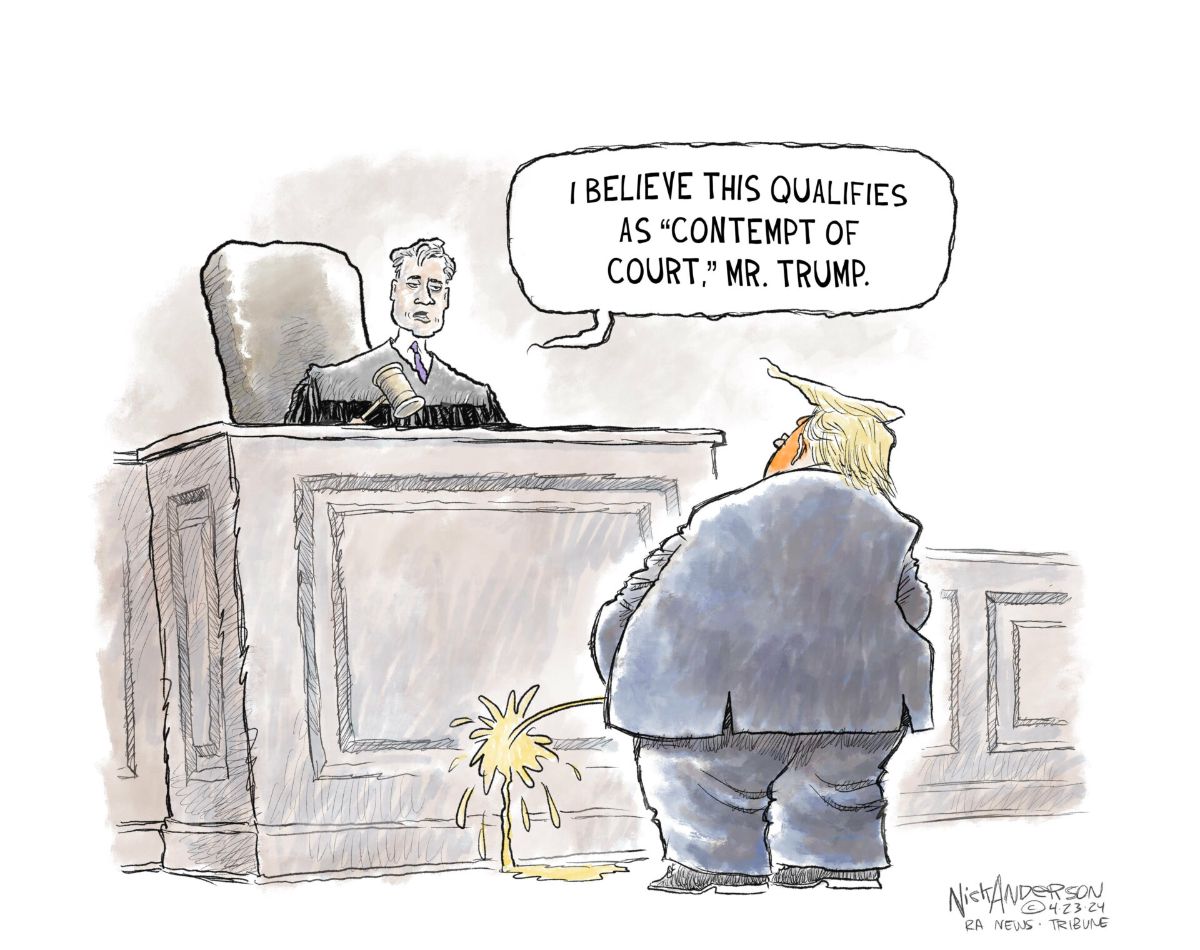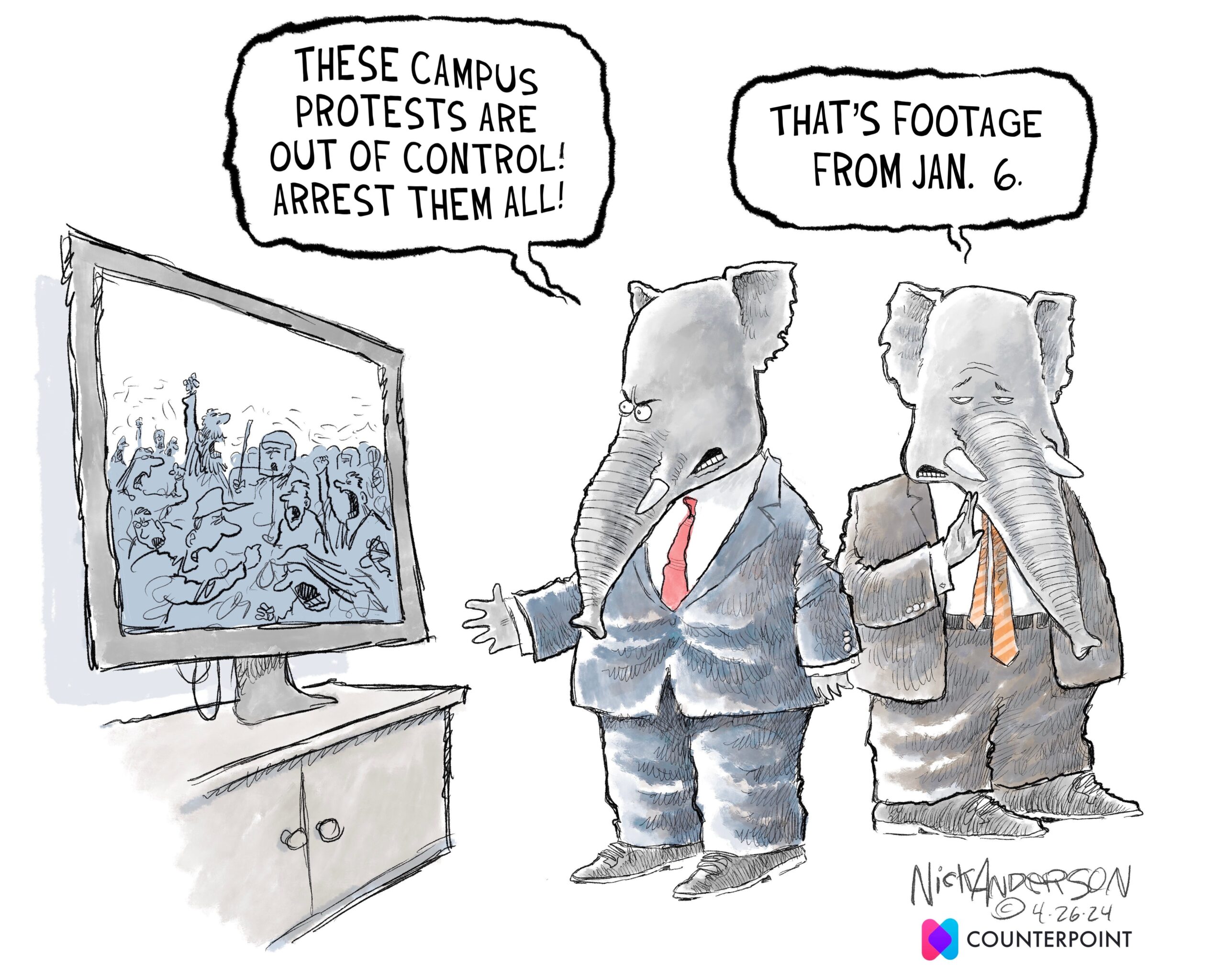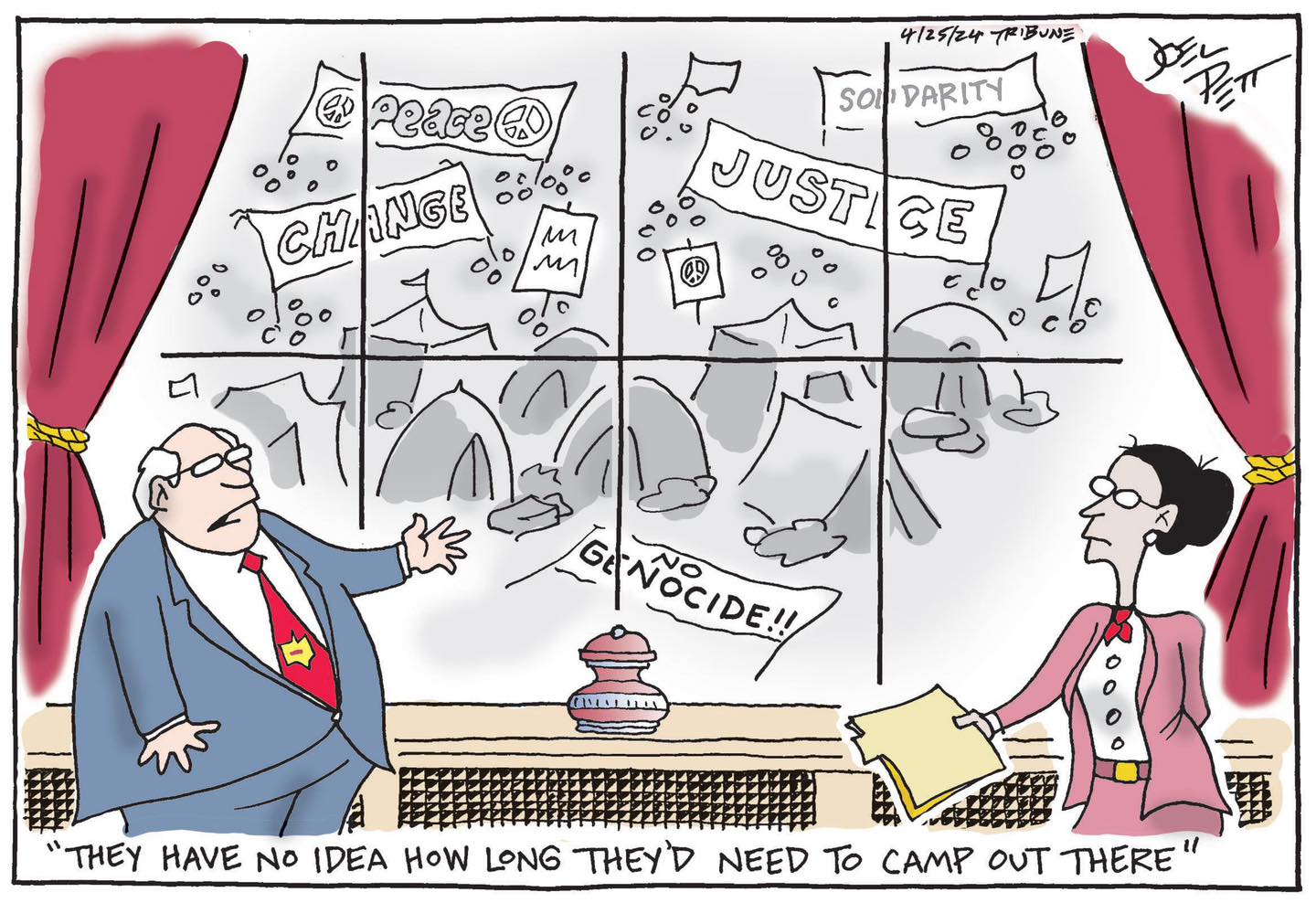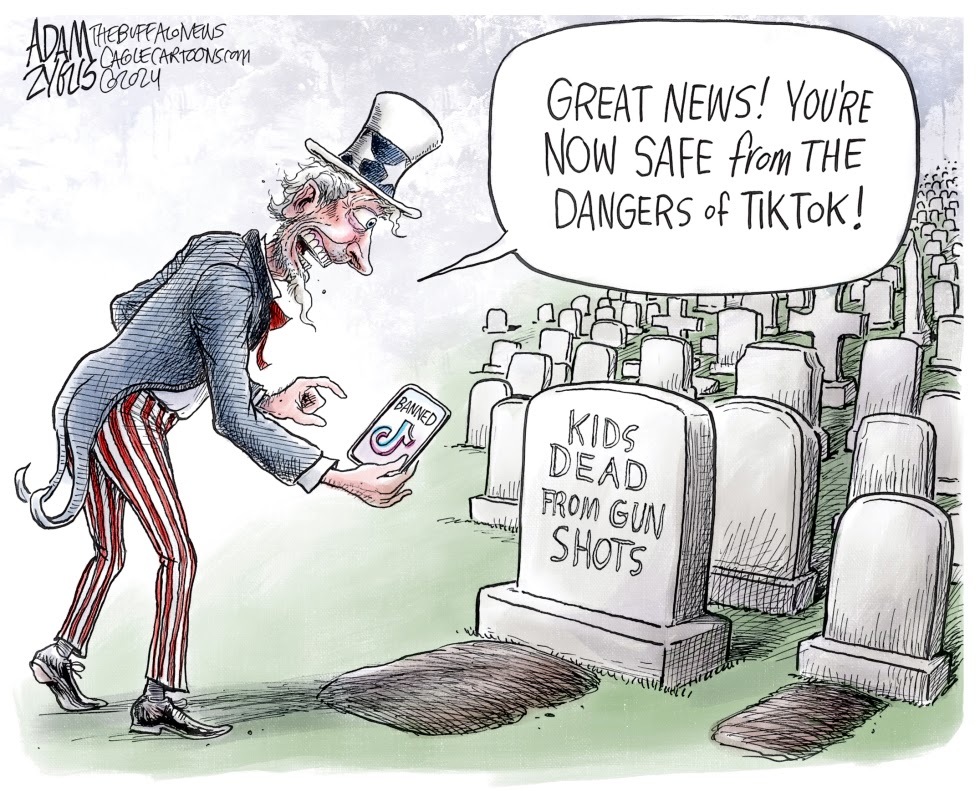The Daily Escape:

Pueblo Bonito Great House, Chaco Canyon, NM – May 2024 photo by James C. Wilson
Today we return to the almost invisible war in Ukraine. Since the Oct. 7 start of the Hamas/Israel war, Ukraine has slipped out of the consciousness of Americans, and politicians in particular.
The terrible slowness of the US approval of additional funding for Ukraine also took a toll because the resulting lack of weapons forced Ukraine into a defensive posture, attempting to hold Russia at bay by conceding ground slowly throughout the past six months.
Now, Ukraine is slowly creeping back onto the front pages. There is a nervous tone about reports from Ukraine suggesting that the war has entered a new and dangerous phase. From the NYT:
“In the past three days, Russian troops, backed by fighter jets, artillery and lethal drones, have poured across Ukraine’s northeastern border and seized at least nine villages and settlements, and more square miles per day than at almost any other point in the war….In light of the Congressional vote for $61 billion in aid, this may come as a surprise.”
More:
“Thousands of Ukrainian civilians are fleeing to Kharkiv, the nearest big city.”
Kharkiv itself may be threatened. This news brings with it tough questions: How far can Russia go this time? Is this a setback for the Ukrainians, or now that the US has approved new weapons, is it a turning point?
The Ukrainians complained for months about severe shortages of ammunition, which was exacerbated by the intransigence of Republicans in Congress. Their failure to act delayed the delivery of key air defense weapons and ammunition, possibly turning the tide of the war in favor of the Russians.
And the Ukrainian military also must replenish its fighting forces. Russia is a country with about three times Ukraine’s population, and while both have suffered heavy casualties, Ukraine’s personnel needs are becoming critical. The more than two years of fighting off the Russians has left Ukraine desperate for fresh troops. The delay in US arms shipments caused by Congressional Republicans has also been a contributing factor to undermining morale, in addition to undermining the defense of Ukraine.
In 2023 Russia increased its troop mobilization efforts. Since the summer of 2023, difficulties in raising the pace of Ukrainian mobilization and Russia’s efforts on the ground have given a decisive advantage to Putin’s forces. It is hard to see how Ukraine can overcome this difference, given its smaller population and its vastly smaller economy. Adam Tooze says that: (brackets by Wrongo)
“…at the start of the war the ratio [of Russia’s economy to Ukraine’s] was more than 10:1, it is now far worse…the likelihood is that the balance will tip further against Ukraine.”
More from Tooze:
“As Russia developed its aerial attack – with intensified drone waves, showers of ballistic missiles and improvised glide bombs – Ukraine’s air defenses frayed. Crucially, this exposed Ukraine’s power infrastructure to crippling Russian attack. On March 22, March 29, April 11, and April 27 2024 Russia conducted dramatic attacks on Ukraine’s power system.”
At the same time, the US and Europe have been scaling back aid. During the winter of 2022-2023 foreign aid was enough to allow Ukraine to achieve a degree of economic and military stabilization, but since Q1 2023, aid from both the US and Europe has been falling:
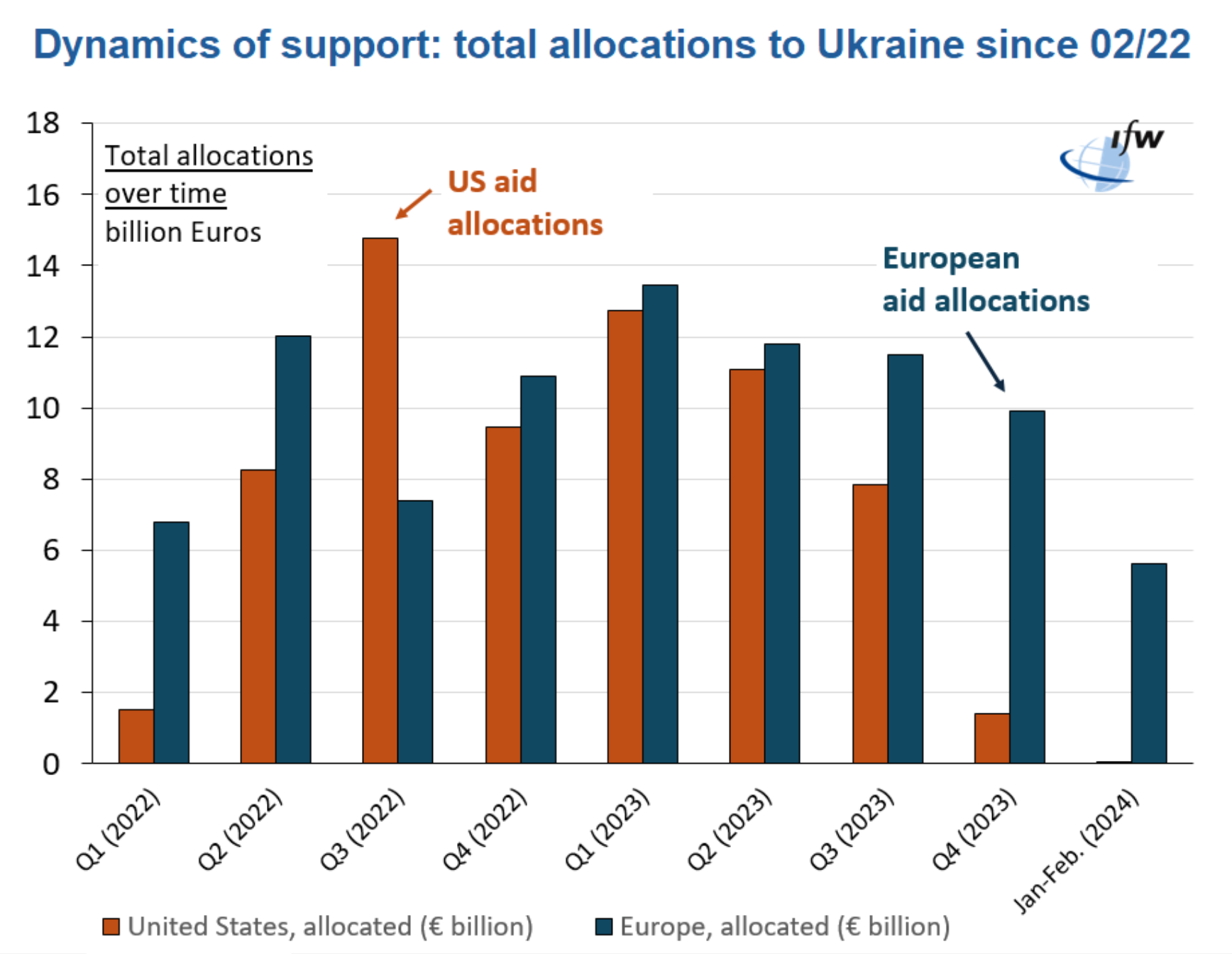
On the military recruiting front, El Pais English has an insightful article about the military’s difficulty in recruiting:
“A new mobilization law, passed in April after months of delays due to its unpopularity, will come into force on May 18. The aim is to recruit some 400,000 new soldiers between the ages of 25 and 60. On the streets, military personnel looking for men willing to go to the front lines are experiencing first-hand the reluctance of citizens to be mobilized. Surveys indicate that only about 30% of the population are willing to join in the defense of the country.”
The whole El Pais article is worth your time.
Ukrainian society has been hollowed out by the war, losing 10 million refugees that migrated to Europe and elsewhere. Between the delay in provisioning weapons and the glaring need for new troops, Ukraine is in serious trouble.
It’s not like the US government hasn’t known that this would happen. Late in 2022, General Mark Milley advised the Ukrainians to get to the negotiating table. It’s turned out that this may have been a high water mark for the Ukrainian army. But the Biden administration quickly shut Milley down.
So far, three big things have been shown in this war: 1) Western economic sanctions are not decisive in dealing with Russia; 2) The Russian soldiers and leadership are nowhere near as good as they should be, or as good as we thought they were; and 3) Drones are making all militaries rethink how they can deploy their forces on the battlefield. Building on the last point, from Foreign Affairs: (emphasis by Wrongo)
“Ukraine has launched at least 20 strikes on Russian refineries since October….By the end of March, Ukraine had destroyed around 14% of Russia’s oil-refining capacity and forced the Russian government to introduce a six-month ban on gasoline exports. One of the world’s largest oil producers is now importing petrol.”
In a way, Ukraine’s drone campaign is putting exactly the kind of pressure on Moscow that the US-led sanctions regime was designed for but has had limited success in delivering.
This is a war of attrition, and Russia is suffering along with Ukraine. In wars of attrition, the ability to deliver equipment that is fit for purpose and personnel who are trained on that equipment is paramount. That is the West’s challenge now. Otherwise, Ukraine is lost.
It’s impossible to know how things will evolve over the next 6 to 12 months, but there is a real possibility that Russia could now make major territorial gains in eastern Ukraine. If that happens, the US will have again demonstrated how our policy of foreign intervention never leads to successful outcomes.
Here’s a short list: Vietnam, Iraq, Syria, Afghanistan, and currently, Ukraine and Israel.
Support among the Western democracies for Ukraine’s war may not last, since they all have this weird religious belief that willingness to fight is a measure of a people’s moral worth. Not true. But find Wrongo an American politician that disagrees with that idea.

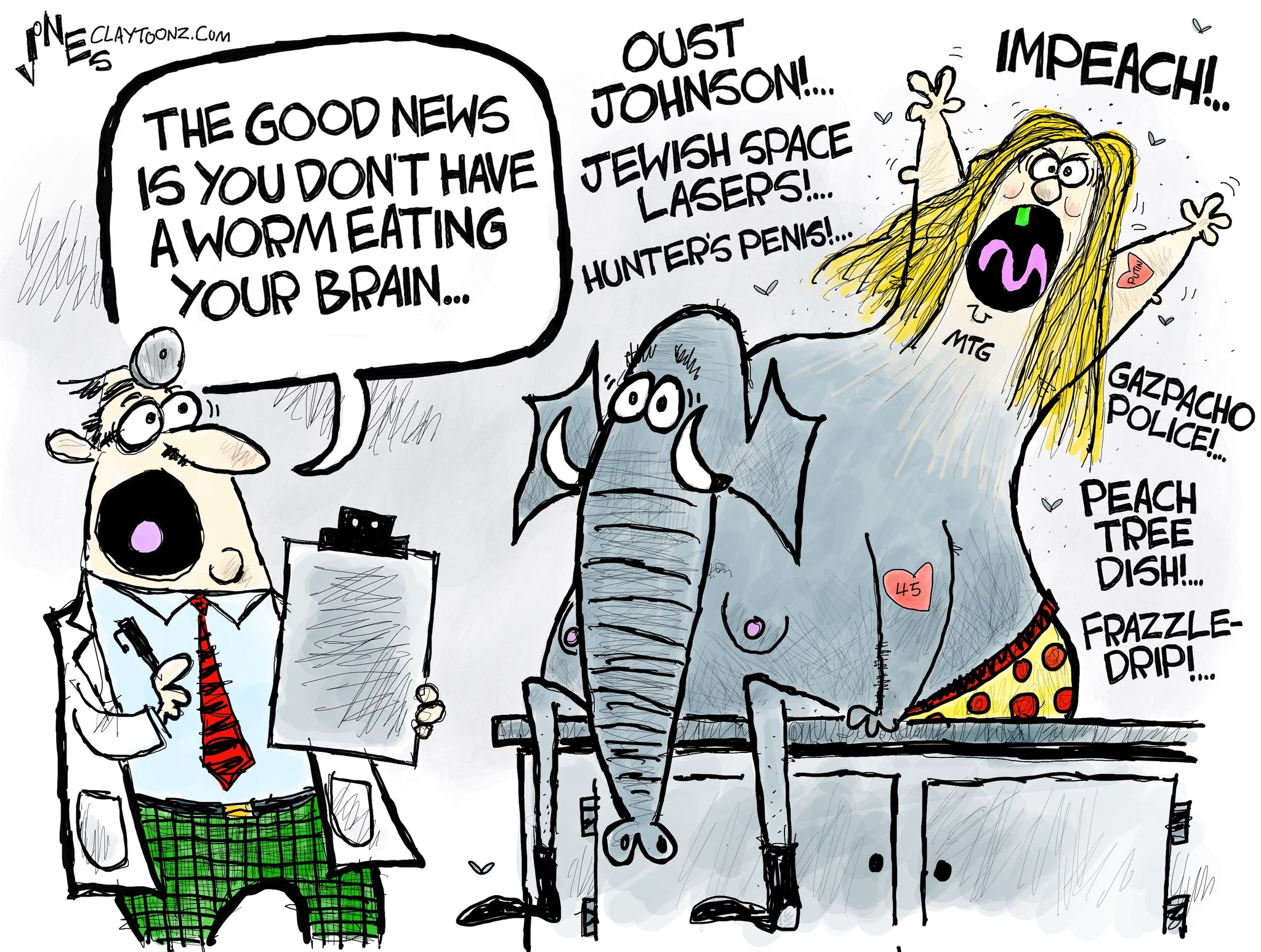
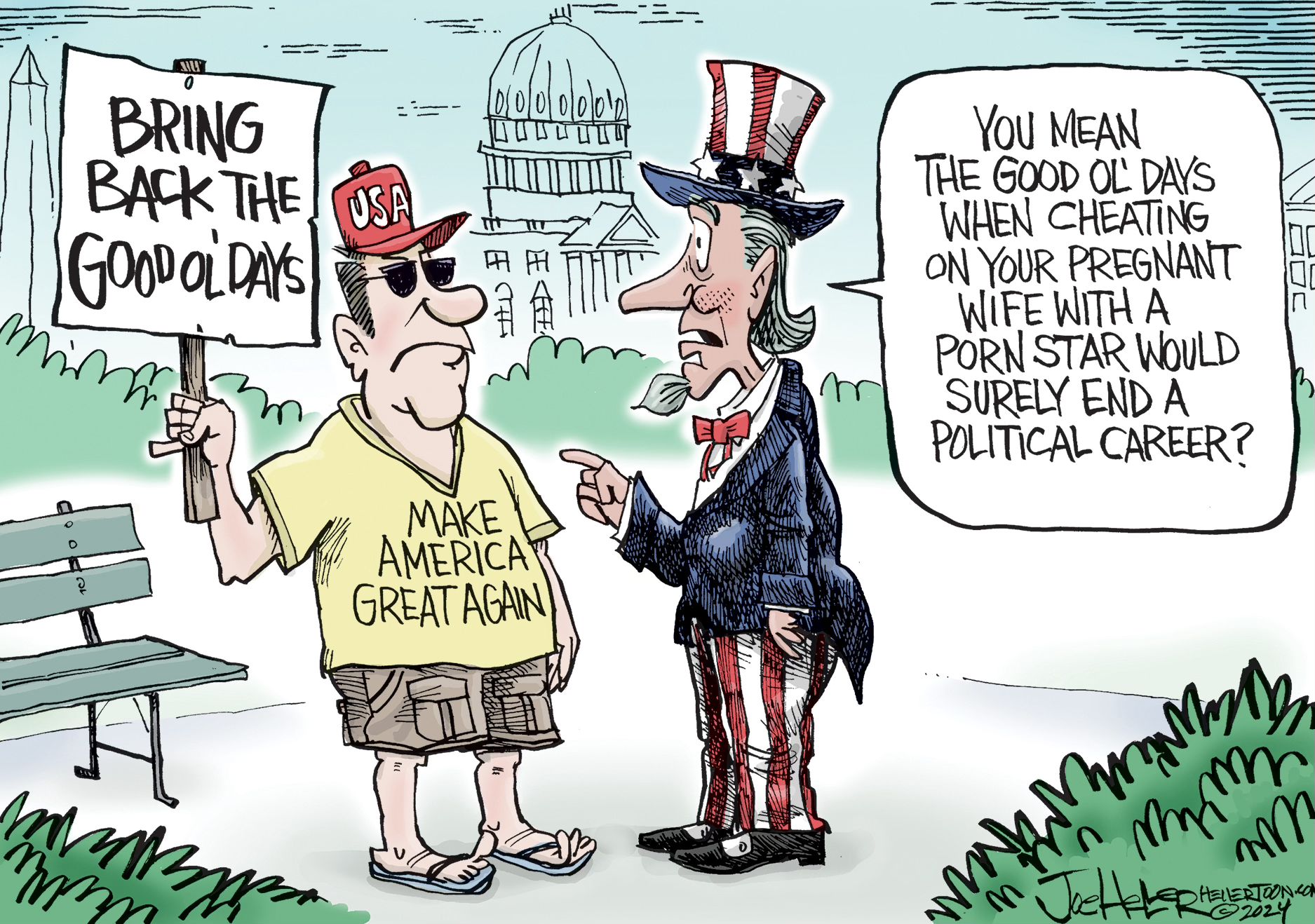
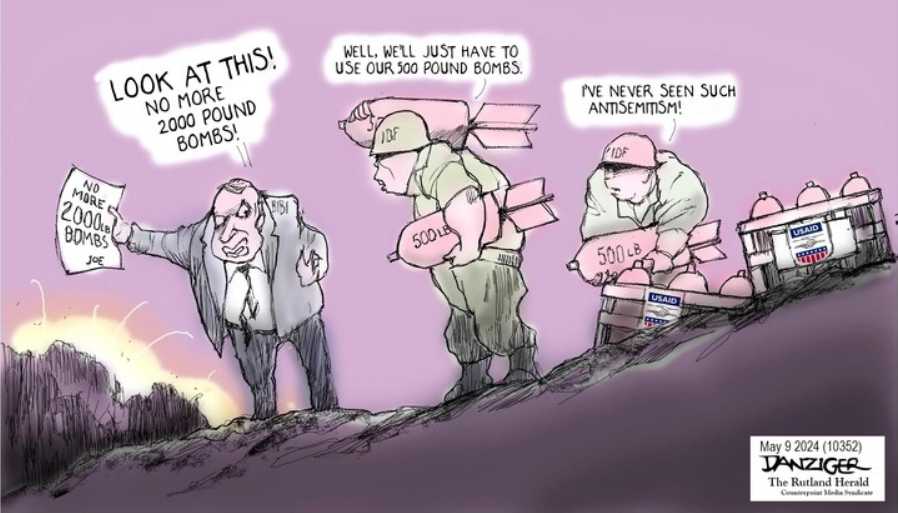 The media’s lopsided reporting:
The media’s lopsided reporting: